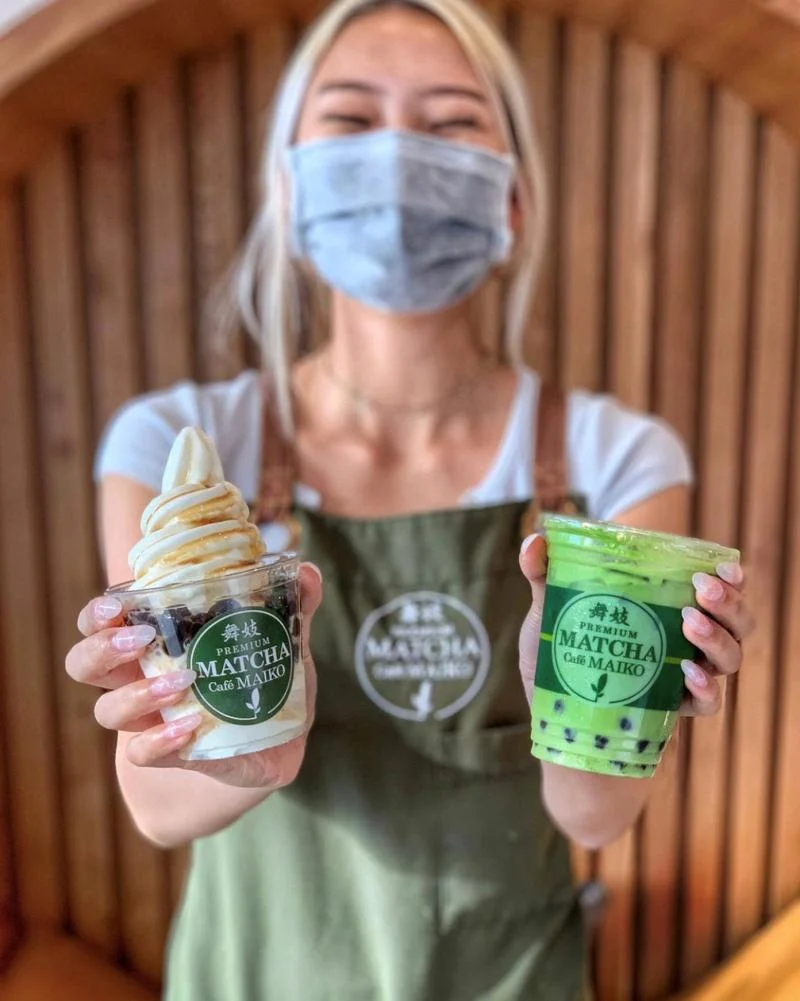Even the smartest people can make small choices that quietly drain their wallets. When it comes to food and eating habits, marketing often plays tricks on our brains — convincing us to spend more for less value. Here are 11 common examples of how “smart” people waste money without even realizing it.
1. Fancy Coffee Drinks
That ₹400 caramel-oat-milk-latte looks harmless, but one cup a day can easily cross ₹10,000 a month. Making your own at home tastes almost the same and costs a fraction.
2. “Superfood” Hype
Every year, a new “miracle” superfood hits the shelves — chia seeds, acai berries, quinoa, goji, and now sea moss. Most of these have simple, cheaper alternatives that provide the same nutrients.
3. Organic Everything
While some organic produce is worth it, buying everything organic isn’t necessary. Bananas, avocados, and onions, for example, already have natural protection from pesticides.
4. Gourmet Grocery Stores
Many “premium” grocery stores charge extra for ambiance and packaging. Smart shoppers know that 80% of what’s sold there can be found elsewhere — for 30–40% less.
5. Bottled Water
Paying for water in plastic bottles is one of the biggest daily money leaks. A good reusable bottle and a purifier at home save both money and the planet.
6. Meal Subscription Boxes
They look convenient, but pre-packaged meal kits often cost 2–3 times more than home-cooked versions. Once the free trial ends, so does the “smart” deal.
7. Juice Cleanses
Many believe that a juice cleanse “detoxes” the body — but your liver already does that for free. Fresh fruits and balanced meals do a better job, at a lower cost.
8. Trendy Diet Foods
Low-carb snacks, keto cookies, or protein chips are often just rebranded junk food with a higher price tag. Always read the label before paying premium for buzzwords.
9. Ordering Food Online Too Often
Convenience apps make it too easy to order food you could make in 20 minutes. Add delivery and platform charges, and you’re spending 3x what you would on home-made meals.
10. Wasting Leftovers
People who cook often still throw away leftovers, thinking it’s “just a little.” But even ₹100 worth of wasted food daily adds up to ₹3,000 a month — nearly a weekend getaway!
11. Buying “Healthy” Smoothies Outside
That “green detox smoothie” you buy for ₹300–400 is mostly ice, sugar, and marketing. Make the same one at home for ₹50, with real fruits and veggies.
Final Thought
Being smart with money doesn’t mean avoiding good food — it means seeing through clever marketing. Most of these spending traps come disguised as “healthy,” “premium,” or “exclusive.”
Next time you shop or order, ask yourself: Am I paying for value — or just the label?





